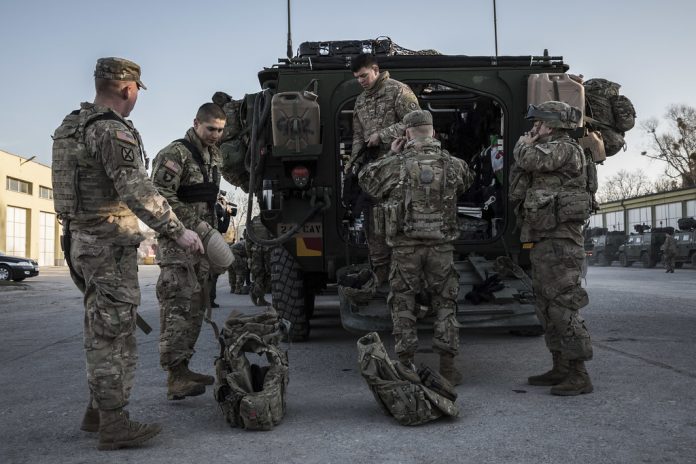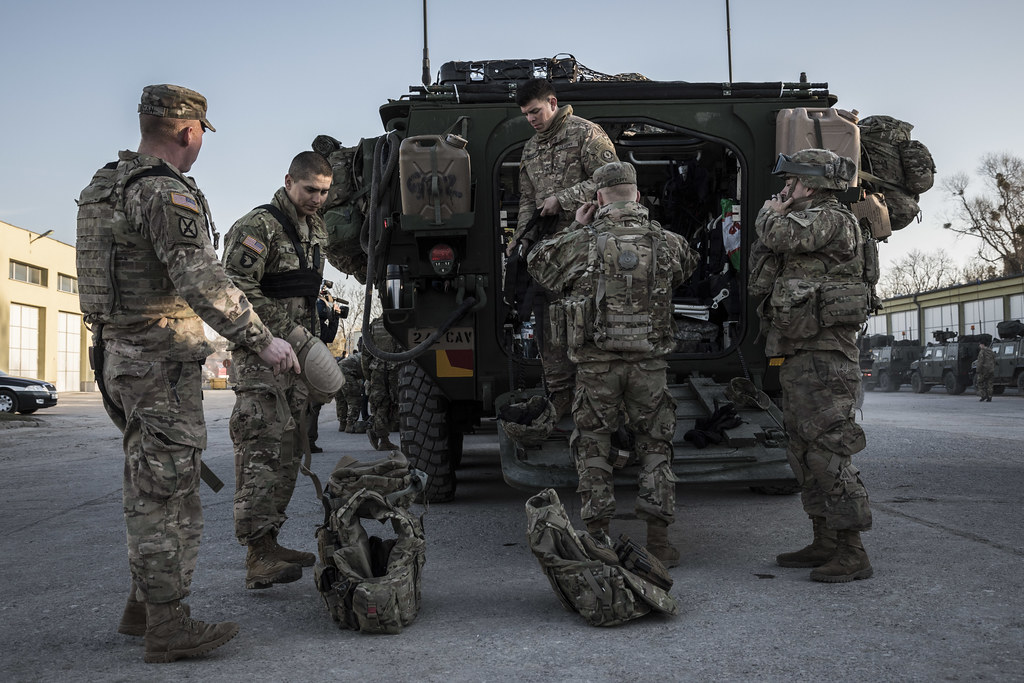
Under the shadow of an unpredictable American president and a less-than-deterred Kremlin, Europe’s security conversation has moved from theoretical policy to high-stakes arithmetic: how many tanks, shells, and troops will it require to slow a Russian attack without American brawn? Experts now caution that the number is appalling a 300 to 600 percent increase in military production capability and time is running out.
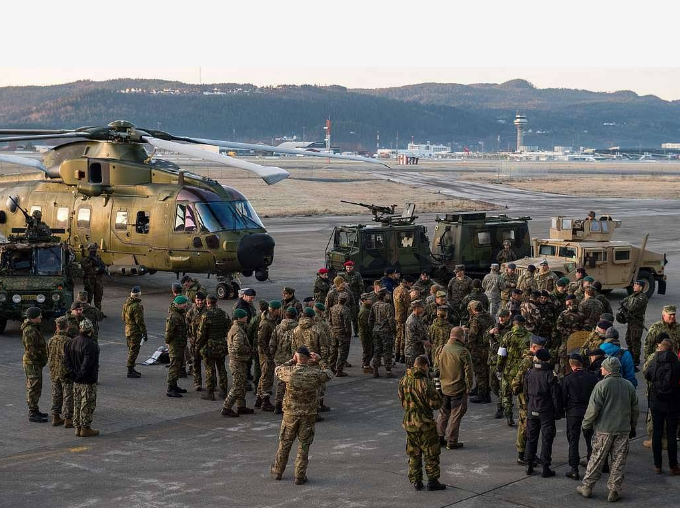
1. The Size of the Gap
The Kiel Institute’s most recent estimates are frank. To take the place of U.S. heavy units’ fighting power in Europe, the EU and UK would require about 50 more brigades some 300,000 troops supported by 1,400 main battle tanks, 2,000 infantry fighting vehicles, 700 artillery systems, and a million 155mm shells for 90 days of intense combat. Russia, on the other hand, manufactured 1,550 tanks and 5,700 armored vehicles in 2024, a 220 and 150 percent increase respectively over 2022, in addition to 1,800 long-range Lancet drones.
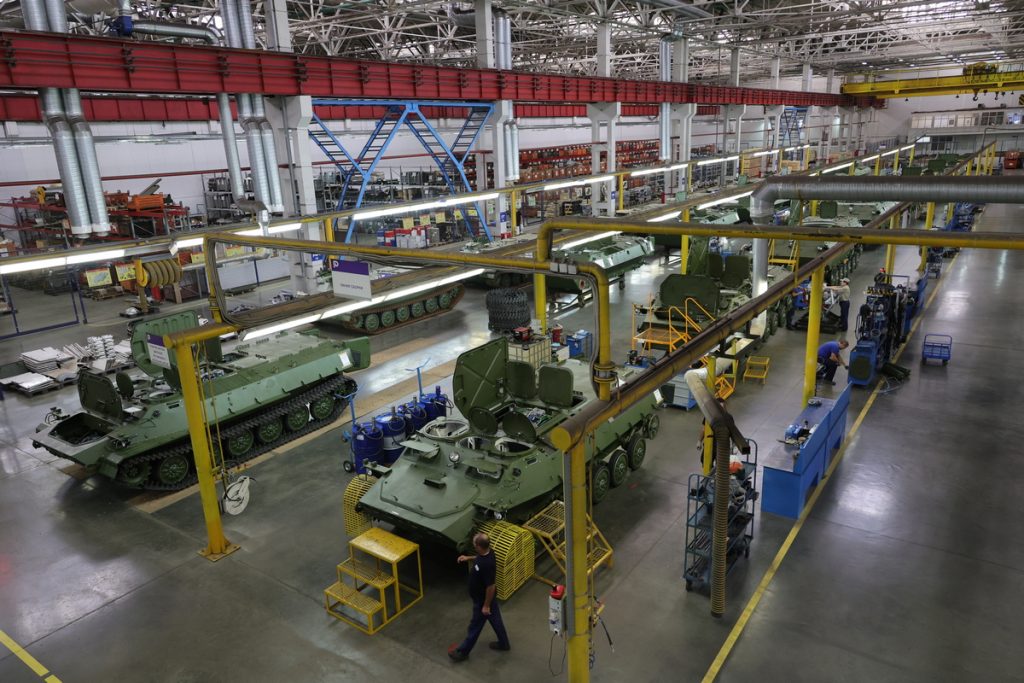
2. Industrial Bottlenecks and Procurement Strategy
Europe’s defense industry, spread over 28 national systems, is not able to produce at that level now. The Kiel report emphasizes that “self-insurance is costlier than collective security,” calling for joint purchases under common European standards to reduce costs and accelerate delivery. Big block orders like Helsing’s 6,000-drone order to Ukraine might reduce unit prices, but need political consensus and initial financing.
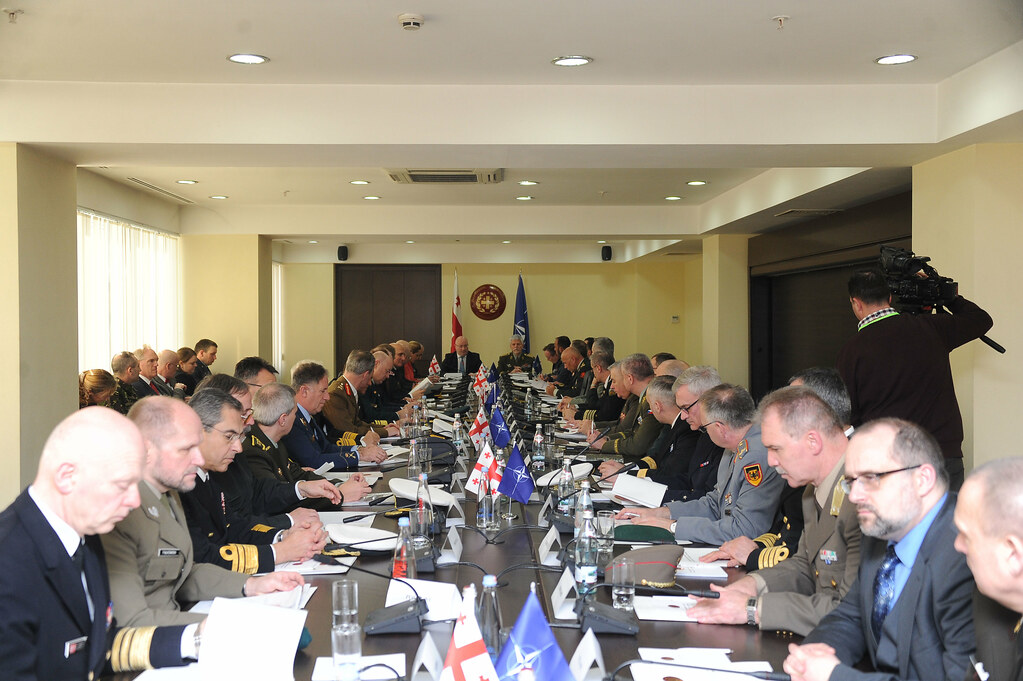
3. The Russian Production Benchmark
Gen. Breuer of the NATO Military Committee has called Russia’s present build-up “enormous,” with 1,500 tanks and four million 152mm artillery rounds manufactured each year, not all destined for Ukraine but also for reserves looking to the west. This production pace, adding combat experience to forces, forms the foundation for NATO estimates that Moscow may be ready to attack a member state in 2029 or sooner.
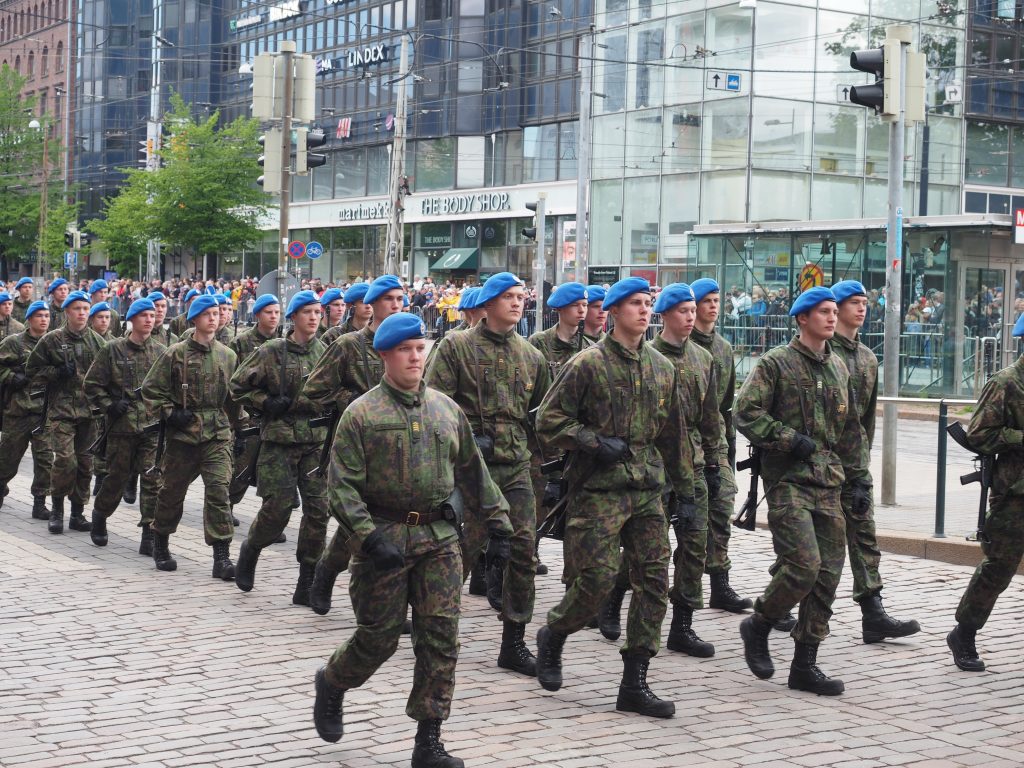
4. Frontline Readiness: Finland’s Model
Finland, home to only 5.6 million inhabitants, can quickly mobilise 280,000 trained troops and up to 900,000 in extremis. It followed its accession to NATO in 2023 with a 200 km border fence plan fitted out with cameras and sensors and by continuous investment in reservists. “We are watching Moscow’s manoeuvring very closely,” said Maj. Gen. Sami Nurmi, pointing to new Russian infrastructure on the border. This “total defence” approach synthesizes civil and military readiness, providing a model for the rest of Europe.
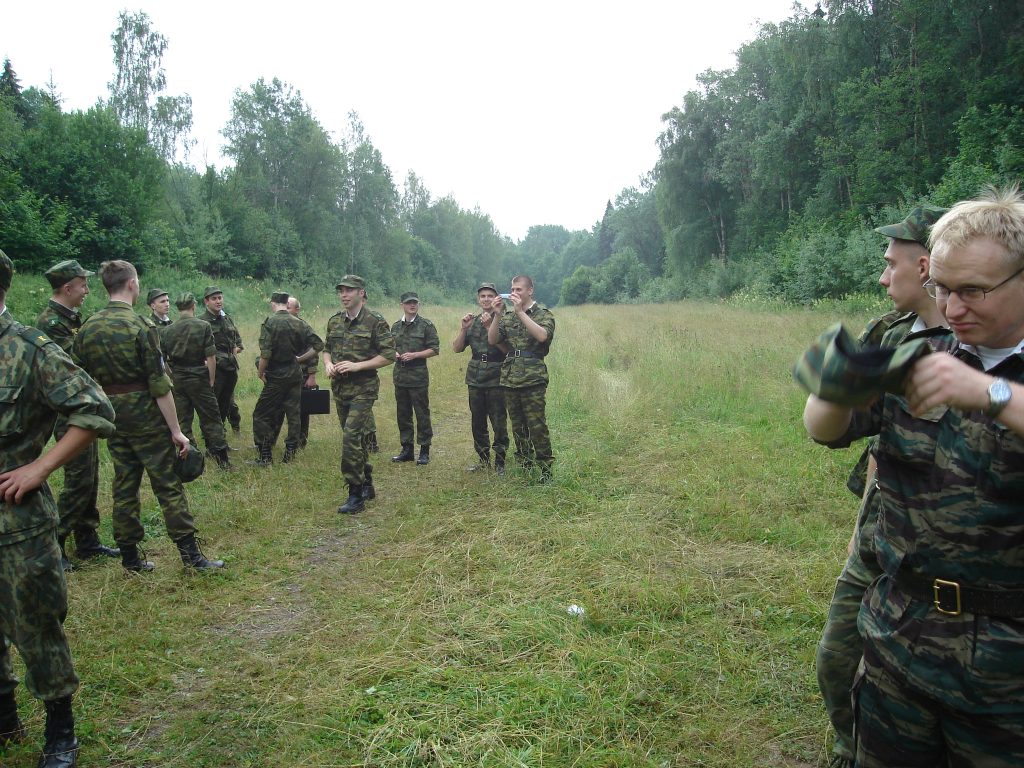
5. The Conscription Dilemma
Public opinion continues to be a constraint on manpower growth. Just 27 percent of European 18–29-year-olds favored compulsory service in an ECFR survey, even if overall majorities exist in France (62%), Germany (53%), and Poland (51%). Sweden and Denmark have introduced conscription for women, with Germany considering reintroduction. Critics point to logistical expense and the quality of training; advocates include civic unity and preparedness.
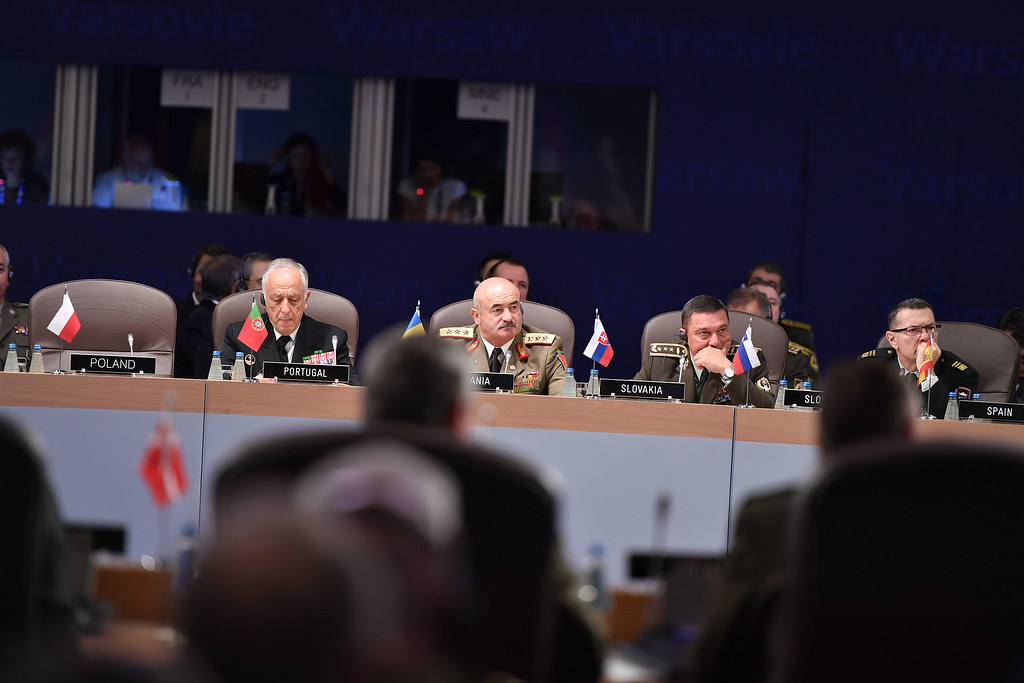
6. NATO Interoperability Gaps
Even with additional troops and equipment, Europe cannot match the unified command, strategic enablers, and logistics foundation that the U.S. offers. NATO’s 2011 Libya campaign revealed reliance on American refuelling, targeting, and surveillance. European forces would be unable to support sustained high-intensity operations without American space-based intelligence and strategic lift.
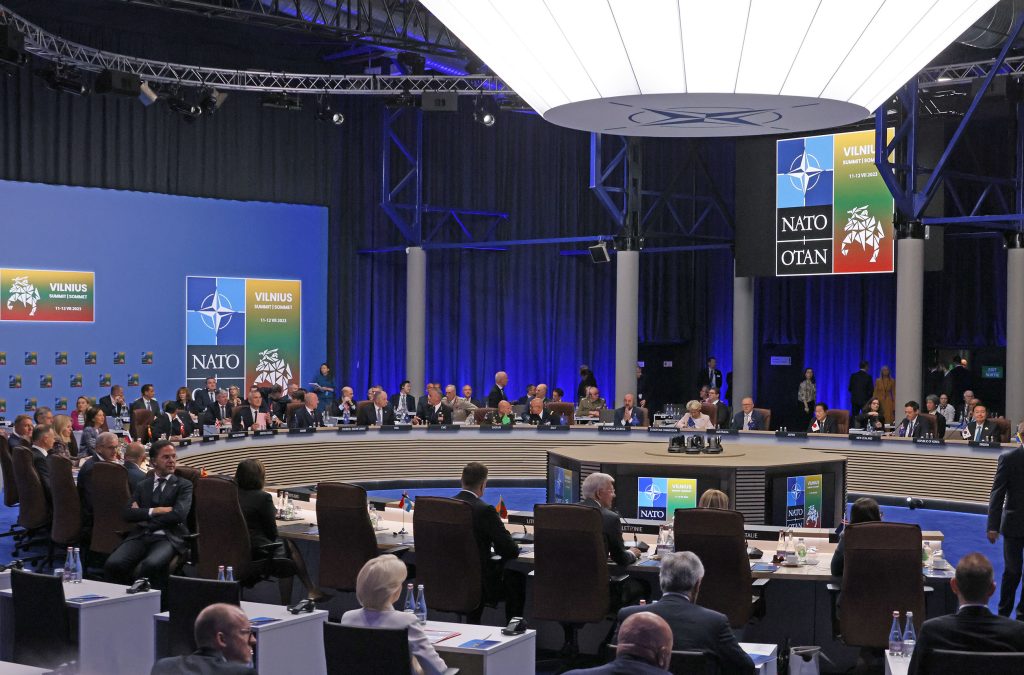
7. Economic and R&D Dimensions
Defence economists counter that raising expenditure from 2 to 3.5–4 percent of GDP roughly €250–300 billion per annum is affordable if financed in the short term by debt and expended within the EU. At present, 80 percent of EU defence procurement is foreign-sourced, capping technological spillovers. The U.S. allocates 16 percent of its defence budget to R&D; the EU only 4.5 percent. Increasing that proportion would increase long-term productivity by 0.25 percent for every 1 percent of GDP spent.
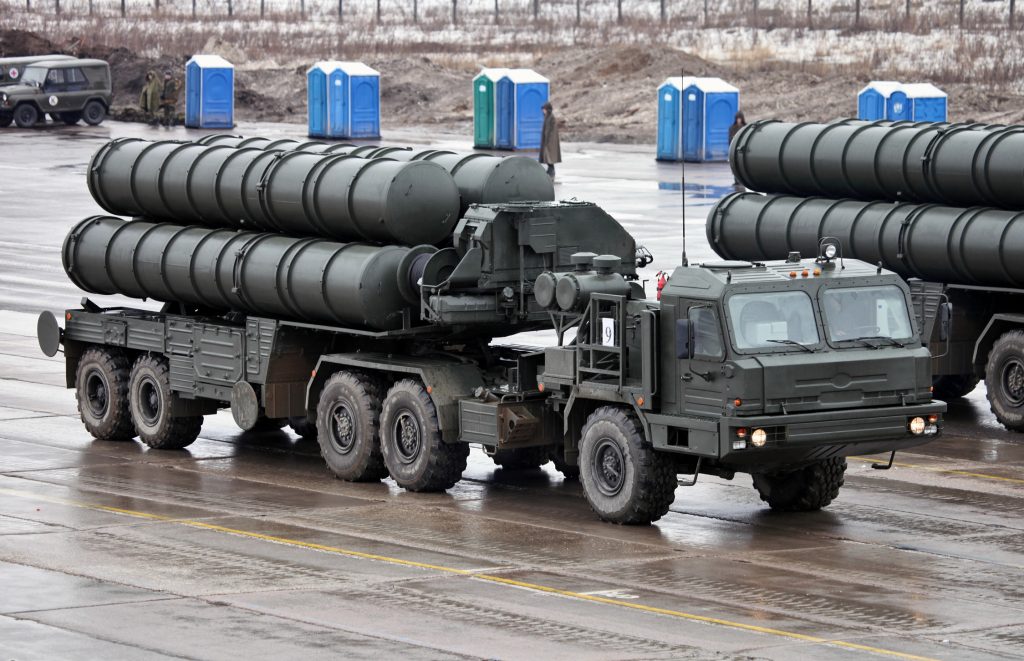
8. The Eastern Flank Imperative
From the Suwałki Gap to the High North, there are several pressure points from the perspective of NATO planners. Russia’s new base along the Finnish border anticipated to be home to S-400/500 systems, missile batteries, and Arctic-converted troops follows Soviet-era forward deterrence doctrine, establishing an anti-access zone that has the potential to interfere with NATO movement within the Baltic and Arctic. That makes allies have to regard the Nordic-Arctic theater as an active front, siphoning off resources from other areas.
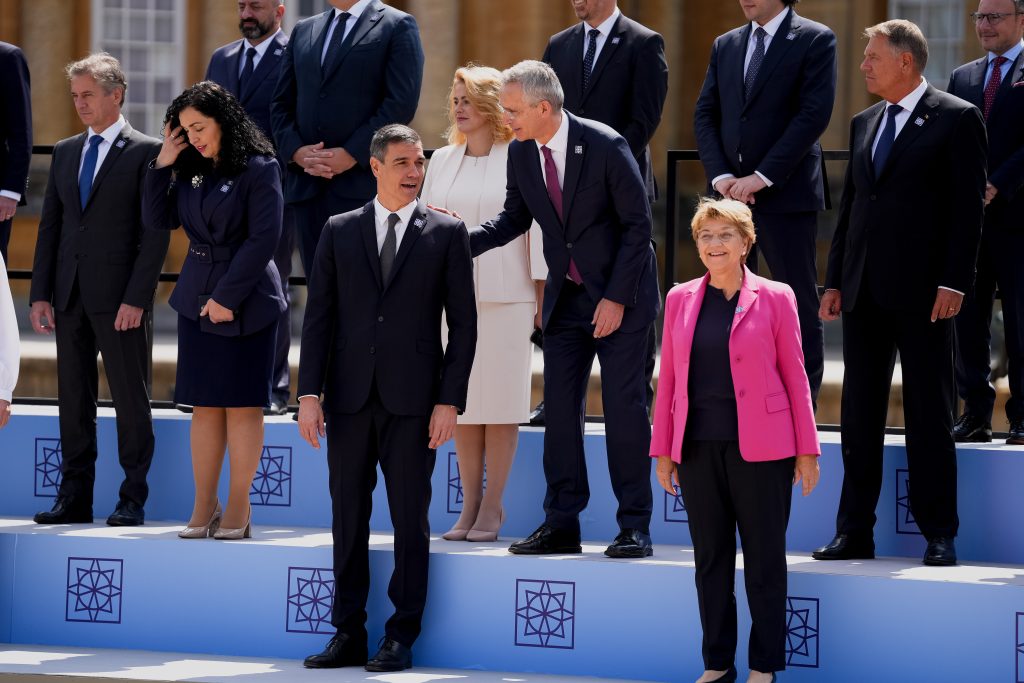
9. Political Will and Public Communication
European political leaders, from Keir Starmer to Kaja Kallas, have positioned Ukraine’s defence as a European existential interest. Still, as an admitted UK government insider said, “we need a sustained campaign for the wider public to get it.” Without the consensus of society, the industrial and fiscal goals will be paper plans.
Russian rearmament, unpredictability from the U.S., and Europe’s present capability gap have converged to open only a limited window for action. The engineering challenge is not only in shipyards and factories, but in coordinating 27 economies, publics, and militaries to move as one before the next crisis strikes.
